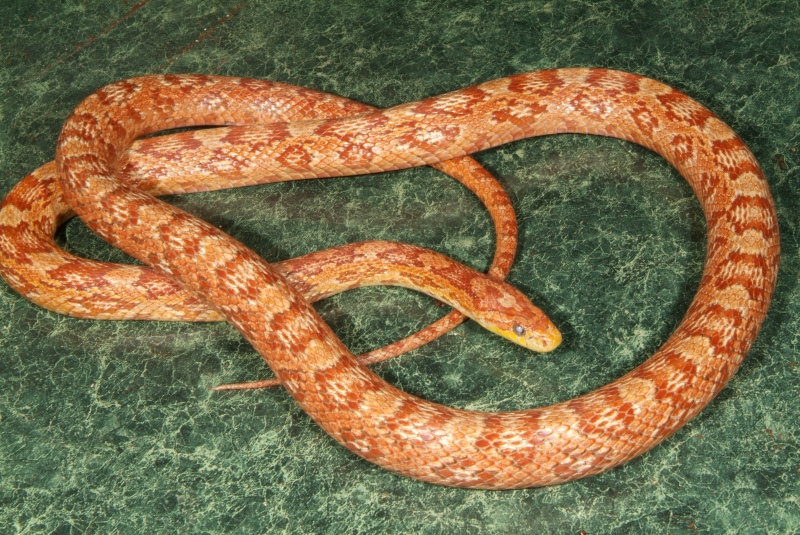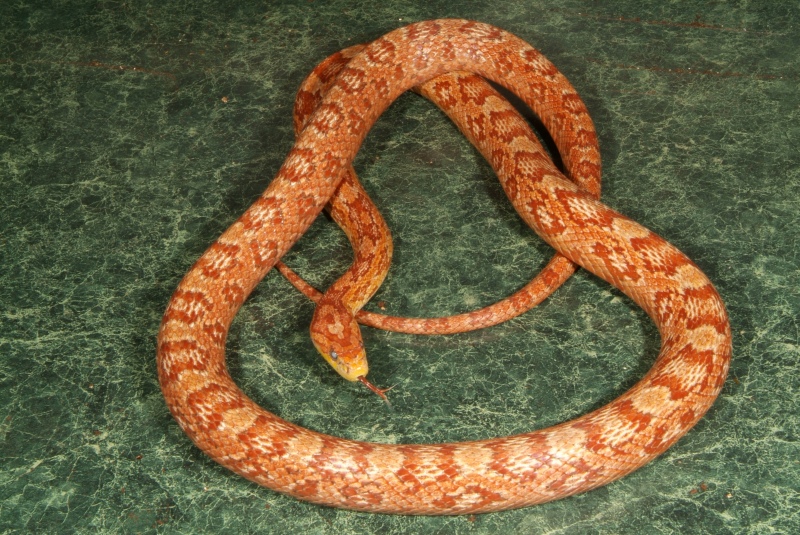jaxom1957
No one can own just one
The problem with that POV is that there is currently no method of proving any corn snake is "pure". Whether wild caught or captive bred, there remains the possibility that, at some point in its lineage, any corn snake might have had a non-corn snake progenitor. Using a wild caught corn snake reduces the probability, but it doesn't eliminate the risk entirely. The appearance of a trait in a corn snake line previously thought of as pure may merely show that the line isn't as pure as was believed, rather than proving that the trait is not the result of hybridizing.tyflier said:And quite honestly, I don't it matters of the corns are wild or line-bred. The simple fact that the high saddle count can be produced in corns AT ALL without intorducing hybrid genes should prove that it is NOT a valid hybrid marker. Even if it only shows up through line-breeding, pure corn blood is pure corn blood. If the high saddle counts show up in pure corns, it cannot be a hybrid marker...
That being the case, the best that any breeder can hope to do is avoid animals that have characteristics that are both unlike most corn snakes and undesirable. The first appearance of any new morph can be described as "unlike other corn snakes", but that doesn't mean that it should be avoided or bred out. Aztec patterning, lavender coloring, disappearing stripes: all set the snake having them apart from the majority, yet all are traits most breeders would find desirable and would seek to maintain in their stock.
IMHO, the entire debate is moot. Neither those who claim that most recently discovered traits are the result of hybridizing nor those that claim each is a spontaneous mutation have such a preponderance of evidence that the other side will be swayed. I'd suggest we adjourn to our separate corners and let the ref announce the draw.
Last edited:



